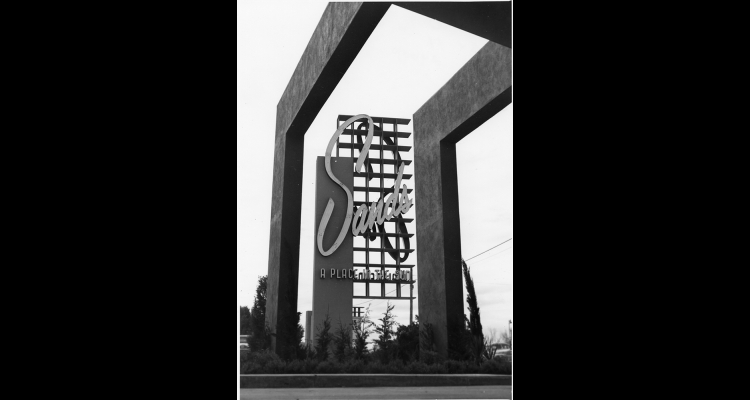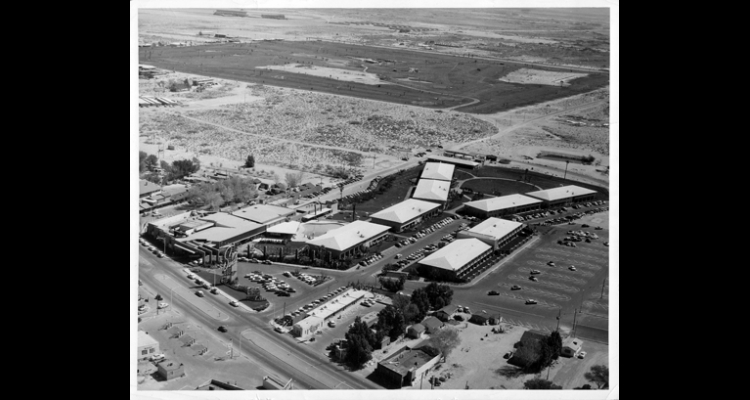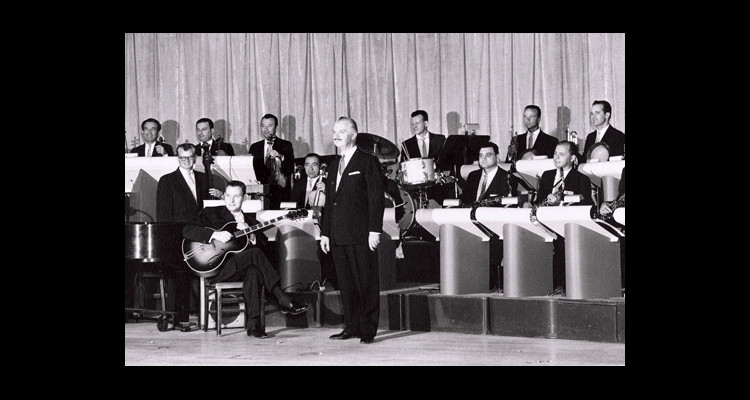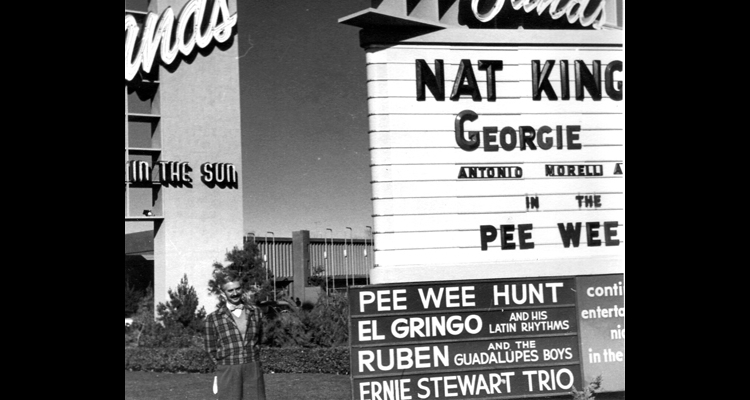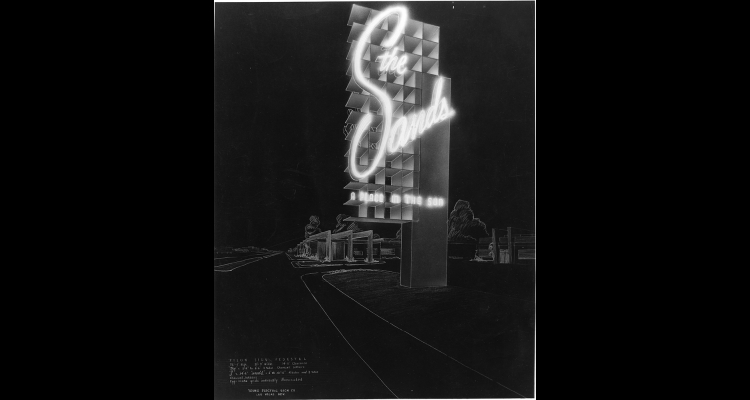Sands Hotel
One of the most iconic of the hotel-casinos built on the Las Vegas Strip, the Sands hotel would literally put Las Vegas in the national spotlight as a center of entertainment and celebrity hangout, especially while it served as the home base for the popular Rat Pack performers in their heyday, from the late 1950s through the 1960s.
But the Sands project provoked debate in Nevada even before it opened its doors in the early 1950s. Some of the out-of-state investors who launched it reportedly had questionable backgrounds, including former illegal bookmakers Ed Levinson, Sid Wyman, and Michael Shapiro. Other initial investors in the Sands were reputed to have tries to organized crime.
After a prolonged investigation, the Nevada Tax Commission—then the state's main gaming regulator—refused to issue gaming licenses to two of the original investors, Mack Kufferman, an associate of New Jersey mobster Joseph "Doc" Stacher, and Jake Freedman, for associating with Kufferman. Freedman later obtained a license after buying out Kufferman's investment. But allegations of hidden involvement by organized crime groups in the Sands' casino operation, through the "skimming" of cash, would remain into the 1960s.
When the Sands opened at a cost of $5 million on December 15, 1952, news reporters from throughout the country attended the party. The hotel's Copa Room debuted with singer Danny Thomas. The Garden Room restaurant provided a large, windowed view of the hotel's pool and landscaped grounds. The hotel was a series of low-rise buildings, suites and bungalows, fronted by a stylish neon sign that proclaimed the Sands as "A Place in the Sun."
The Sands' entertainment director, Jack Entratter, formerly of the famous Copacabana nightclub in New York, would use his close ties to major entertainers to book name acts at the Sands' showroom, the Copa Room, in the 1950s and the 1960s. The well-known Entratter would also arrange for wealthy gamblers from the Northeast to patronize the Sands.
In 1955, when most Las Vegas businesses honored segregation rules that kept white and black Americans separated, the Sands became the first Strip hotel to permit a headliner who was black, singer Nat King Cole, to stay as a guest while performing.
By the late 1950s, many inside and outside of Las Vegas considered the Sands the Strip's most fashionable and well-known hotel, primarily from its association with members of the Rat Pack—also called "The Clan"—who often performed together in the Copa Room.
The ensemble featured recording artists and film actors Frank Sinatra and Dean Martin, who each owned shares of the Sands. Then and since, some of the evidence has suggested that they were front men for mobsters who state officials never would have licensed. Singer and dancer Sammy Davis, Jr., actor Peter Lawford, and comedian Joey Bishop rounded out the troupe. Prior to performances, the group was known to meet inside the Sands' steam room, the first one ever installed in Las Vegas, built at Sinatra's request. The popular 1960 film Oceans 11, starring Sinatra and the other Rat Pack members, was filmed at the Sands.
Led by Sinatra and Martin, the Rat Pack combined irreverent and suggestive humor, ease and sophistication to bring international recognition to Las Vegas. The co-starring role of Davis, who was African American, at Sinatra's insistence furthered efforts to break the local color barrier that excluded blacks from patronizing Las Vegas casinos and hotels until 1960.
Their success aided the Sands' success. Construction on a cylindrical, fifteen-story hotel tower started in 1963, and would take five years to build. In 1967, the Sands became one of a string of Las Vegas hotels bought by billionaire Howard Hughes. The price for the Sands was $14.6 million. In 1968, Hughes announced that he would add 4,000 rooms to the resort, but never did.
In 1983, Hughes' company, the Summa Corporation, sold the Sands to the Pratt Corporation, but the new owner could not operate at a profit, and Summa regained the property. In 1988, Summa sold the hotel to Kirk Kerkorian, builder of the International and MGM Grand hotels. Kerkorian held onto it for only a few months, selling it that year to the Interface Group, a tour and travel company from Massachusetts headed by Sheldon Adelson, who also ran an annual technology convention known as Comdex.
In the early 1990s, Adelson's group added a more than one million square-foot convention center, called the Sands Expo, and laid plans for a new resort, the Venetian Hotel, at the Sands site. The Sands closed in June 1996, and was reduced to rubble in an implosion later that year. Adelson's $1.5 billion Venetian hotel, with 3,036 rooms, opened at the site in 1999, leaving virtually no trace of the once-famous Sands.
Article Locations
Related Articles
None at this time.
